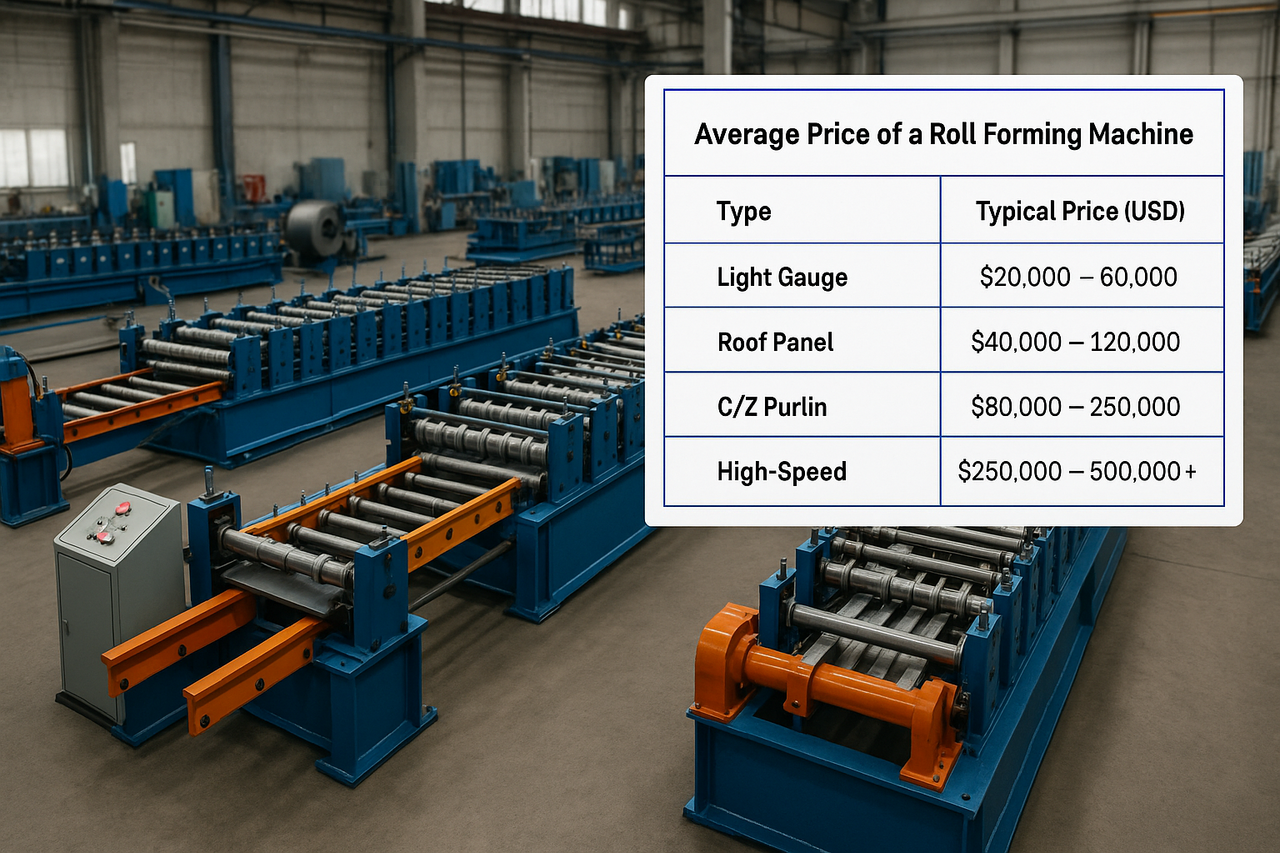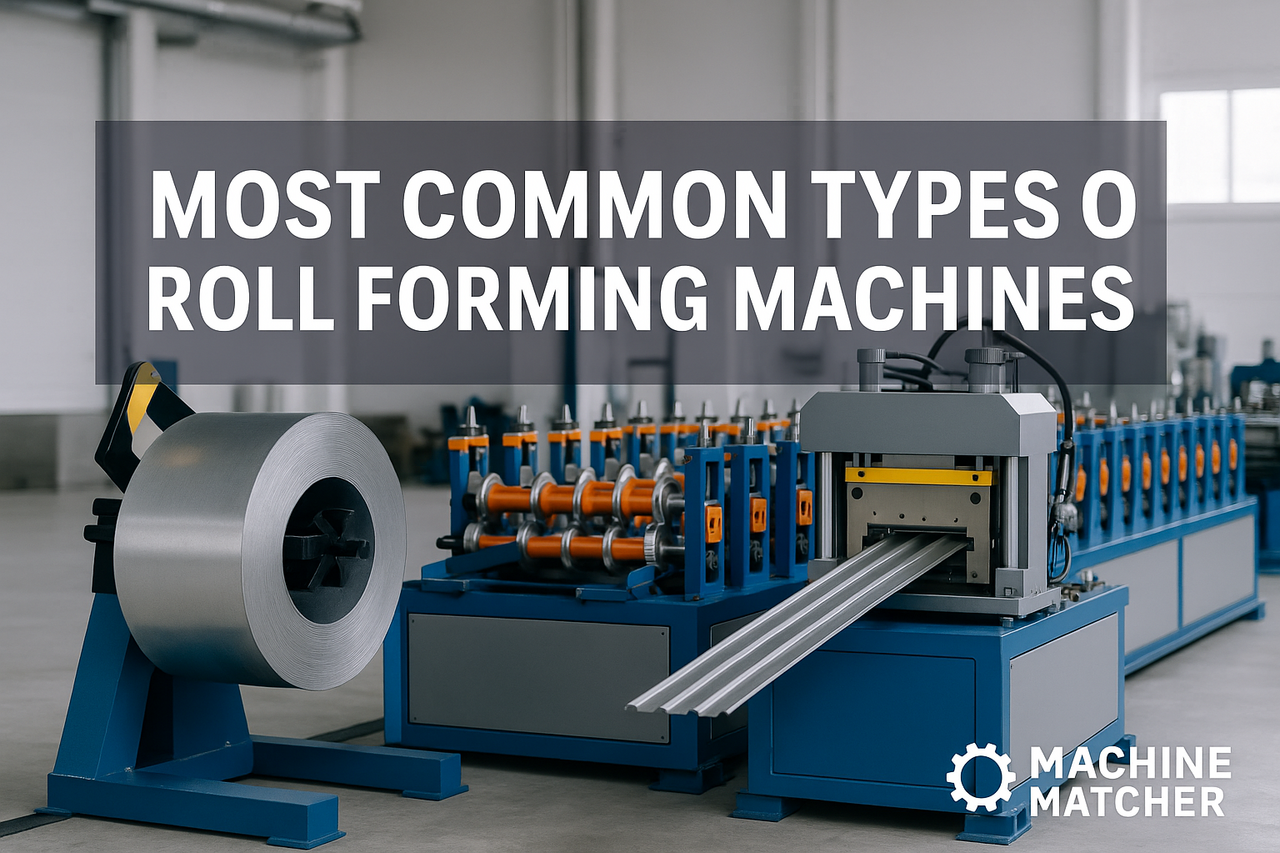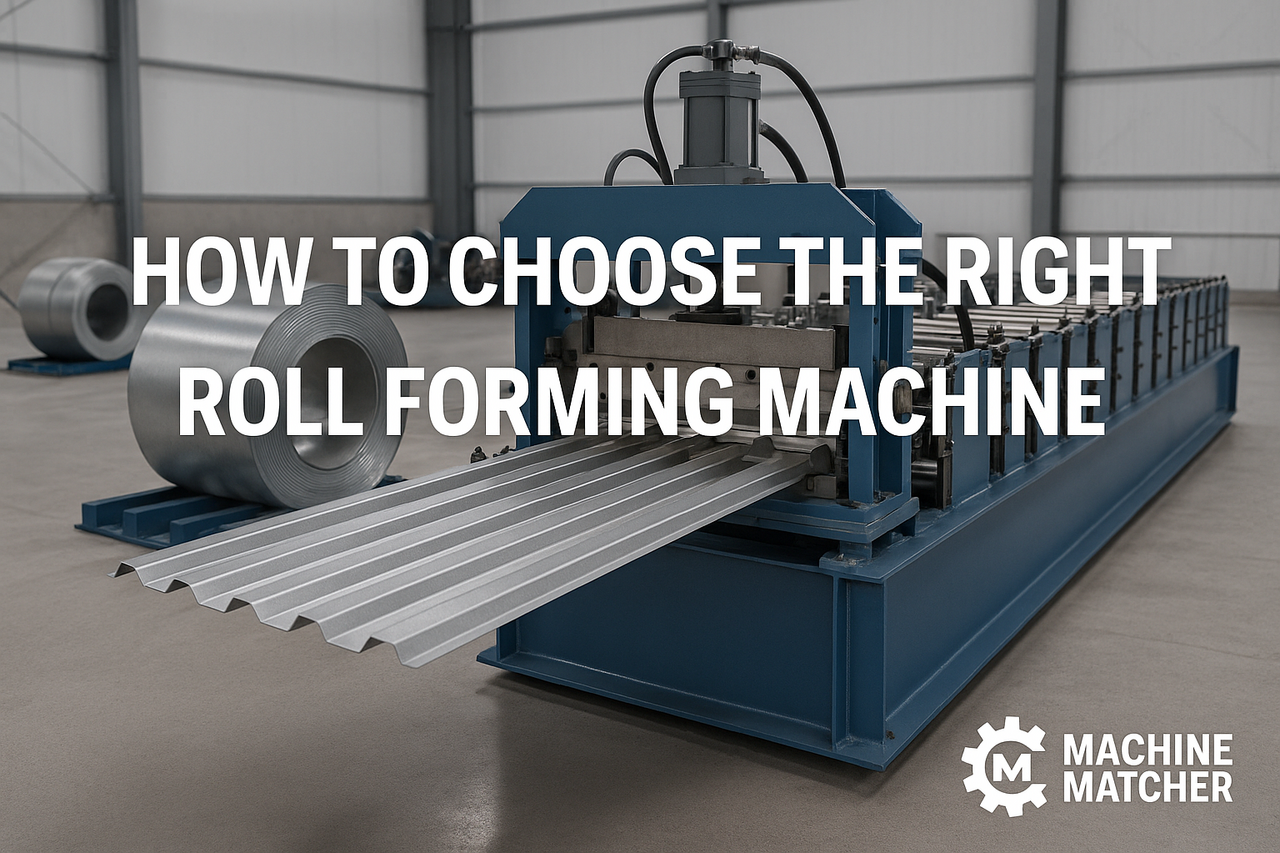Setting up a roll forming line involves several critical steps to ensure efficiency and precision in the manufacturing process.
1. Planning and Layout Design
- Assess the Production Requirements: Determine the types of profiles to be produced, production volume, and material specifications.
- Space Allocation: Plan the layout of the line, considering the space needed for equipment, material handling, and operator access. Ensure there's enough space for coil storage, forming, cutting, and finished product handling.
2. Equipment Selection
- Choose the Right Machinery: Select the appropriate roll forming machine based on the profile design, material type (steel, aluminum, etc.), and thickness.
- Additional Equipment: Depending on the production process, include:
- Uncoilers: For feeding metal coils into the line.
- Straighteners: To eliminate coil curvature and prepare material for forming.
- Cut-off Stations: For precision cutting of formed profiles to required lengths.
- Forming Stands: For the main roll forming process.
- Runout Tables: For handling and stacking finished products.
3. Installation
- Set Up the Equipment: Position the uncoiler, straightener, roll forming machine, and cut-off stations according to the planned layout.
- Level and Align Machinery: Ensure all equipment is level and aligned correctly to avoid operational issues.
- Electrical and Hydraulic Connections: Connect all necessary electrical and hydraulic systems, following safety and operational guidelines.
4. Material Preparation
- Select the Right Metal Coil: Choose the appropriate gauge and type of metal coil based on the production requirements.
- Load the Coil: Securely load the coil onto the uncoiler, ensuring it is correctly positioned for smooth feeding into the line.
5. Roll Forming Setup
- Tooling Installation: Install the required roll tooling on the forming machine. Ensure the tooling matches the profile design specifications.
- Adjust Settings: Configure the machine settings, including speed, feed rate, and roller pressure, according to the material and profile specifications.
6. Testing and Calibration
- Run Test Pieces: Produce a few test pieces to check the profile accuracy and quality. Adjust machine settings if necessary.
- Quality Control: Measure key dimensions of the test pieces to ensure they meet specifications. Make any required adjustments to the tooling or machine settings.
7. Operational Procedures
- Establish Operating Procedures: Create standard operating procedures (SOPs) for the roll forming line, including setup, operation, maintenance, and safety protocols.
- Train Operators: Ensure that operators are trained on how to run the line efficiently and safely, including emergency procedures.
8. Continuous Monitoring and Maintenance
- Monitor Production: Keep track of production rates and quality throughout the operation.
- Regular Maintenance: Implement a maintenance schedule for the machinery to ensure longevity and optimal performance.
Conclusion
Setting up a roll forming line requires careful planning and execution. By following these steps, manufacturers can ensure a smooth setup process that leads to high-quality production of metal profiles. Proper training, regular maintenance, and continuous monitoring are essential for maintaining efficiency and quality in the roll forming process.



